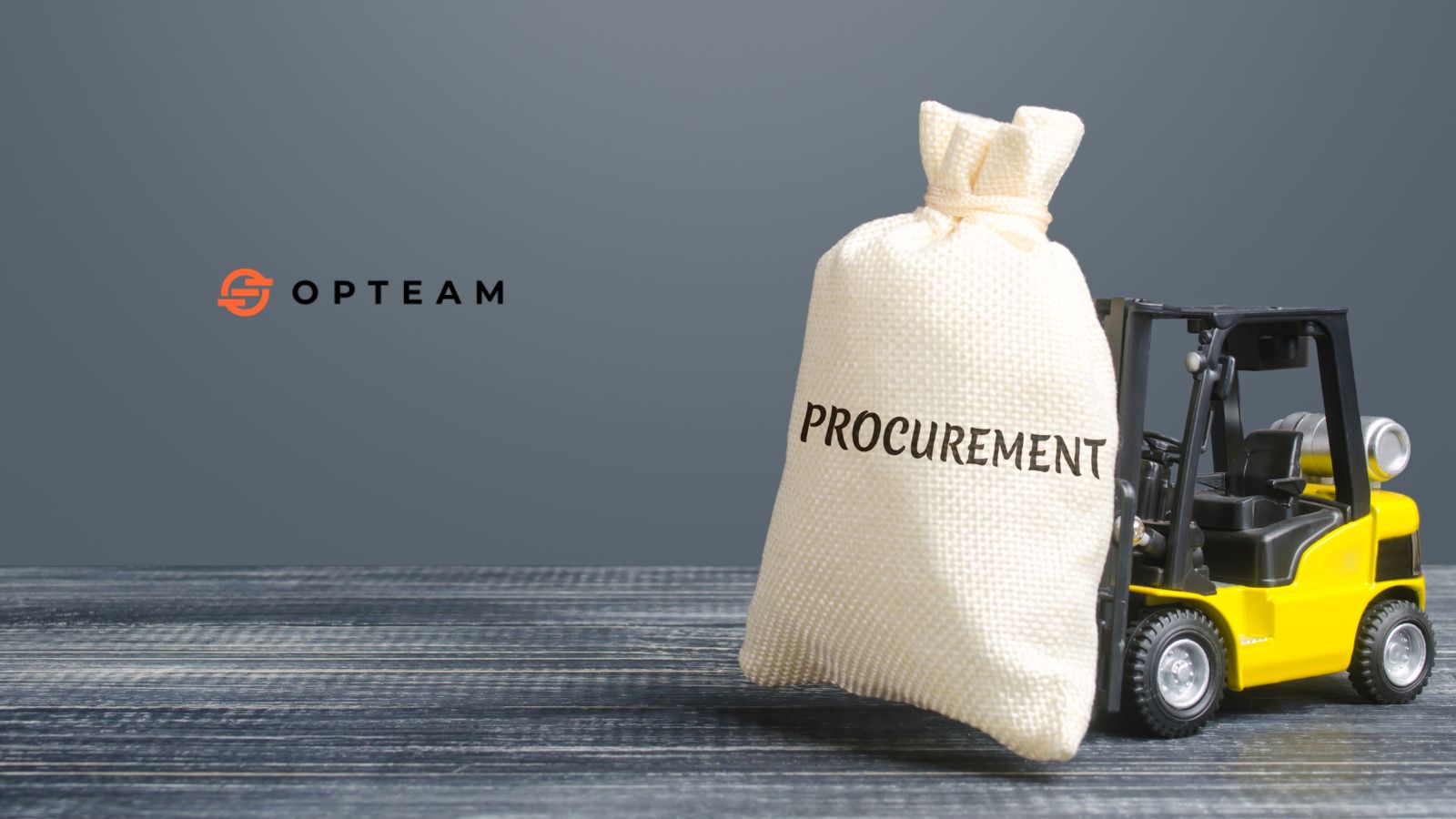Unlocking the potential of your construction project starts with choosing the right procurement method. The right strategy can enhance efficiency, reduce costs, and ensure high-quality outcomes. Whether you are a contractor, project manager, or client, understanding the various procurement methods is key to achieving your goals. This guide, “Construction Management Procurement Methods 101,” will illuminate the best approaches, showcasing their benefits and practical applications.
Dive in to empower your projects with the knowledge to make smart, informed decisions and lead your construction endeavors to success.
1- Traditional Procurement
Traditional procurement, often referred to as the Design-Bid-Build (DBB) method, is one of the most common and established approaches in the construction industry. This method involves a sequential process where the design phase is completed before the construction phase begins. Initially, architects and engineers develop detailed project designs, which are then put out to tender.
Contractors bid on the project based on these completed designs, and the contract is awarded to the lowest responsible bidder. This clear separation of design and construction responsibilities ensures a well-defined project scope and cost before construction commences.
One of the primary advantages of traditional procurement is its straightforward and structured approach, providing a clear framework for project delivery. This method allows for competitive bidding, which can potentially lower construction costs.
Additionally, the defined roles and responsibilities help minimize conflicts and misunderstandings among project stakeholders. However, the sequential nature of the process can lead to longer project timelines, as construction cannot begin until the design phase is fully complete. Moreover, any changes or unforeseen issues that arise during construction can result in costly delays and disputes, as they often require modifications to the original design.
Despite these challenges, traditional procurement remains a popular choice for many projects due to its simplicity and clarity in contractual arrangements.
2- Design and Build
Design and Build is a streamlined procurement method that integrates both the design and construction phases under a single contract. In this approach, the client engages a single entity, typically a contractor, who takes responsibility for both designing and building the project.
This integrated method fosters enhanced collaboration between designers and builders from the project’s inception, leading to more efficient and cohesive project execution.
By consolidating these responsibilities, the Design and Build approach often results in faster project completion and potentially lower overall costs, as the potential for design-related changes and disputes is minimized.
One of the key benefits of the Design and Build method is its ability to accelerate project timelines. With design and construction occurring concurrently, rather than sequentially, projects can move from concept to completion more swiftly.
This method also promotes innovation and flexibility, as designers and builders work closely together to find optimal solutions throughout the project lifecycle. Additionally, having a single point of accountability simplifies communication and reduces the administrative burden for the client. However, this approach requires the client to place significant trust in the selected contractor, as the quality of both design and construction hinges on their expertise and reliability.
3- Construction Management at Risk (CMAR)
Construction Management at Risk (CMAR) is a collaborative procurement method where the construction manager is engaged early in the project and takes on a dual role of consultant during the design phase and general contractor during construction.
In this approach, the construction manager provides valuable input during the design process, such as cost estimation, scheduling, and constructability reviews, to ensure the project is well-planned and viable.
One of the defining features of CMAR is the establishment of a Guaranteed Maximum Price (GMP), which sets a cap on the project’s cost, providing the client with financial assurance and minimizing the risk of budget overruns.
4- Construction Management Multi-Prime (CMMP)
Construction Management Multi-Prime (CMMP) is a procurement method where the owner contracts directly with multiple prime contractors, each responsible for different portions of the work. Unlike traditional procurement methods where a single general contractor oversees the entire project, CMMP involves the owner playing a more active role in managing and coordinating the various contractors. This approach allows for more direct control over the project and can lead to cost savings by eliminating the general contractor’s markup on subcontractor work.
One of the primary benefits of CMMP is the increased level of control it provides to the owner.
5- Integrated Project Delivery (IPD)
Integrated Project Delivery (IPD) is an innovative procurement method that emphasizes collaboration, efficiency, and shared responsibility among all project stakeholders. In this approach, key parties such as the owner, architects, engineers, and contractors enter into a single, multiparty agreement.
This agreement fosters a highly cooperative environment where all participants share both the risks and rewards associated with the project’s outcome.
The primary goal of IPD is to leverage the collective expertise of all stakeholders to deliver a project that meets or exceeds expectations in terms of quality, cost, and schedule.
6- Public-Private Partnership (PPP)
Public-Private Partnership (PPP) is a procurement method where the public sector collaborates with private entities to finance, design, construct, and operate infrastructure projects. This model leverages the strengths and resources of both sectors, aiming to deliver projects that might otherwise be unattainable due to budget constraints or technical challenges.
In a PPP arrangement, the private partner typically invests capital and expertise, while the public sector provides oversight and ensures the project aligns with public interests.
This partnership often spans the entire project lifecycle, from conception to operation, providing a holistic approach to infrastructure development.
7- Job Order Contracting (JOC)
Job Order Contracting (JOC) is a streamlined procurement method designed for managing and executing a series of small to medium-sized construction projects efficiently.
Under a JOC framework, the owner enters into a long-term contract with a contractor, which includes predefined unit prices for various construction tasks.
This arrangement eliminates the need for multiple bidding processes for each project, significantly reducing administrative overhead and accelerating project delivery.
JOC is particularly well-suited for repetitive work, maintenance, and repair projects, where speed and flexibility are crucial.
8- EPC (Engineering, Procurement, and Construction)
The Engineering, Procurement, and Construction (EPC) method is a comprehensive, turnkey approach to project delivery where a single contractor is responsible for the engineering, procurement of materials, and construction of the project. This method provides a streamlined and cohesive process, ensuring that all phases of the project are integrated and managed by one entity.
By consolidating these responsibilities, the EPC contractor delivers a completed project to the owner at a fixed price and within a guaranteed timeframe, providing clarity and reducing the risk for the client.
One of the key advantages of the EPC method is its ability to deliver projects swiftly and efficiently. With a single point of accountability, the EPC contractor can optimize project workflows, minimize delays, and ensure seamless coordination between the different phases. This approach also allows for better risk management, as the EPC contractor assumes the majority of the project risks related to cost overruns, scheduling, and performance. Additionally, the fixed-price contract provides financial certainty to the owner, helping to keep the project within budget.
However, the success of the EPC method depends heavily on the contractor’s expertise, experience, and ability to manage complex projects. Despite these challenges, EPC remains a popular choice for large-scale industrial and infrastructure projects due to its potential for delivering high-quality outcomes efficiently and effectively.



